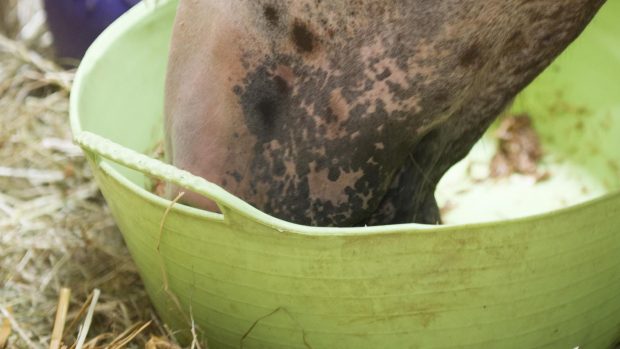Once again, callers to helplines are asking for feeds without molasses, but I wonder why? Molasses isn’t all that bad!
In human foods, the inclusion of molasses (or treacle) is synonymous with the homeliness of unrefined sugar, as opposed to highly refined white granules. However, while some people draw this kind of parallel between our diets and those of our horses, others strongly associate molasses for horses with the “sugar is bad for you” message.
Sources from either UK-grown sugar beet (which is just being harvested now) or tropically grown sugar cane, molasses is the syrup residue formed from sugar extraction from these plants.
The sugar beet or cane is crushed and soaked in warm water into which the sugars dissolve and are then crystallised out. But not all the sugar is removed by this process – what remains is a thick, brown, sweet liquid that is molasses.
Molasses is typically 65% sugar. Given that most of us, and our horses, have a sweet tooth (remember polos and sugar lumps are 100% sugar and grass can be 20% sugar), it has great usefulness as an aid to palatability.
Like most things, sugar is good in moderation, for horses and humans. In fact, the central nervous system can only use glucose, the purest sugar, as an energy source. Horses are used to eating sugar, and are efficient at processing it as long as their capacity to digest sugar in the small intestine is not overloaded.
In a nutshell, this is why molasses is often given the thumbs down. A rapid increase in sugar is bad news, especially in a pony susceptible to laminitis.
Also, as early as the 1930s, an incidence of tying up could be created by over-feeding molasses. Any rapid change of diet that increases the sugar content unexpectedly breaks the rule of good feeding that says make all changes gradually.



